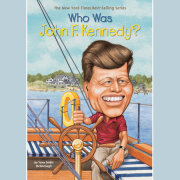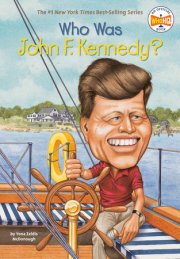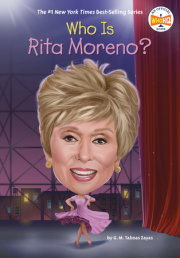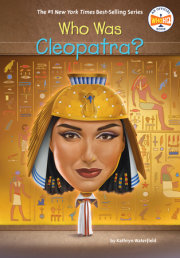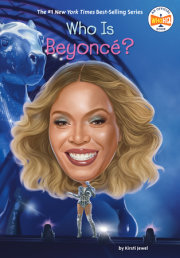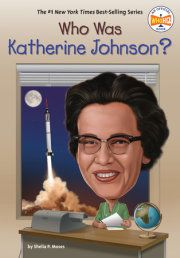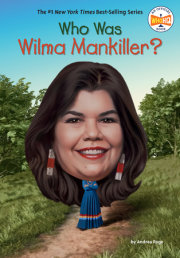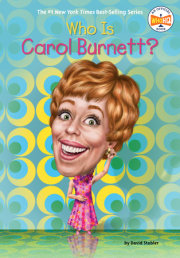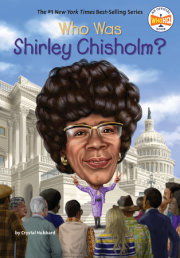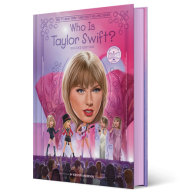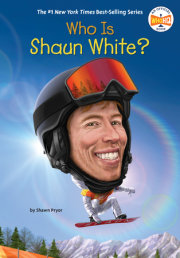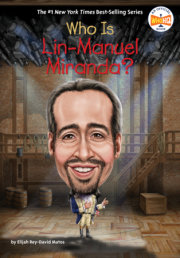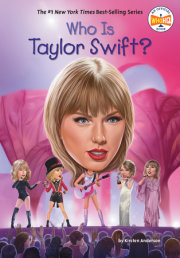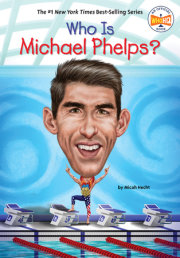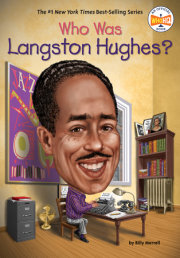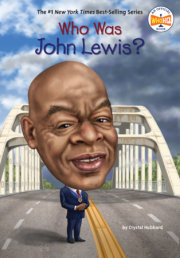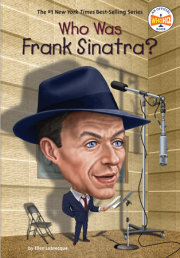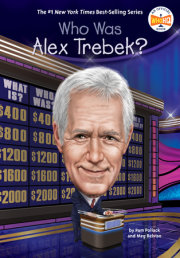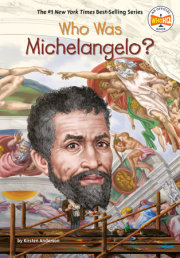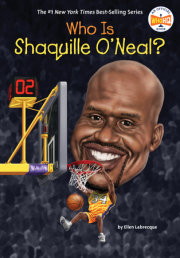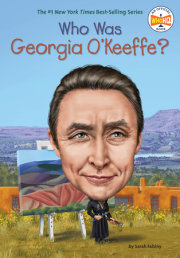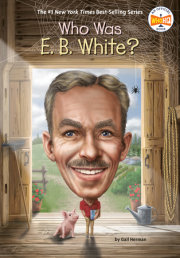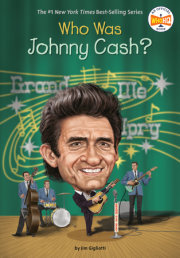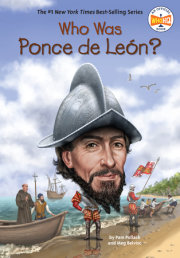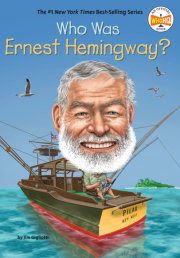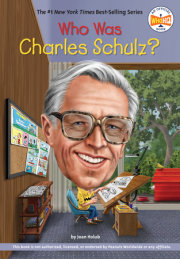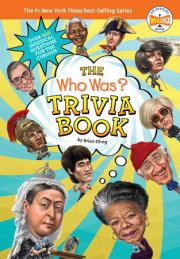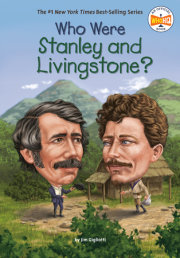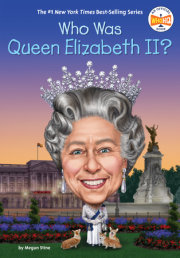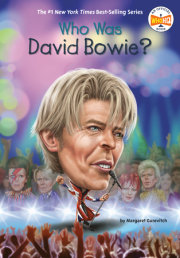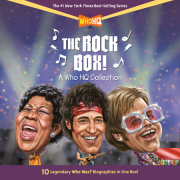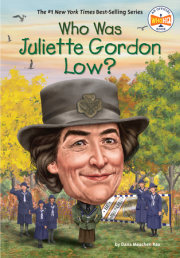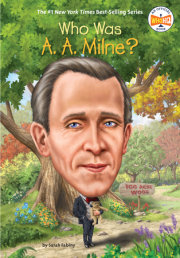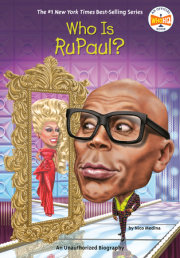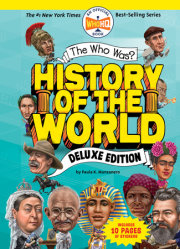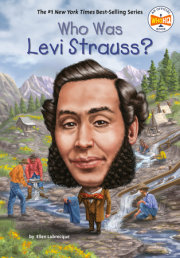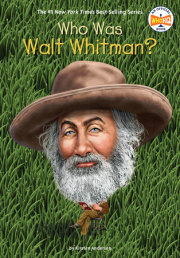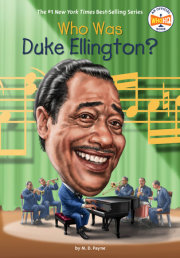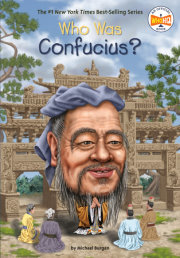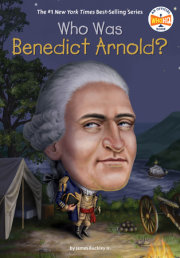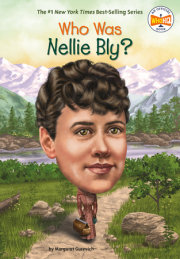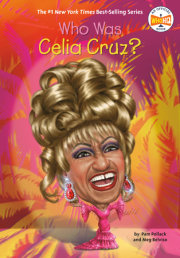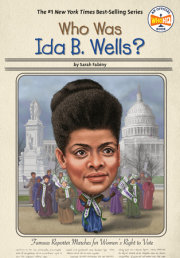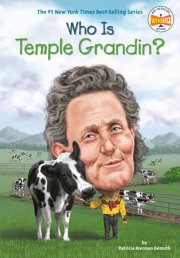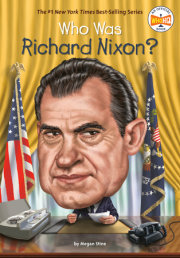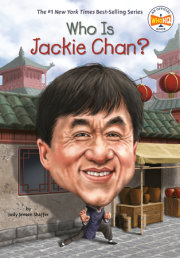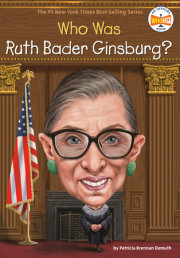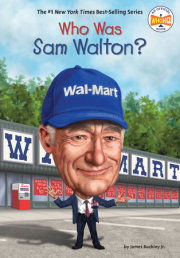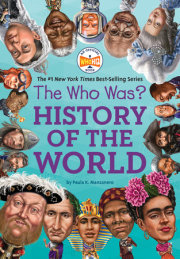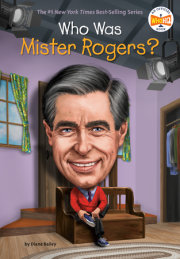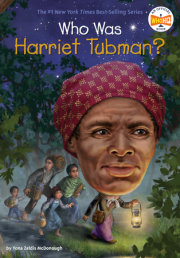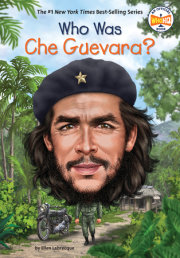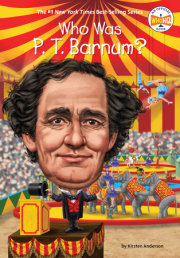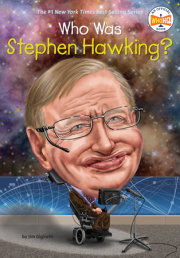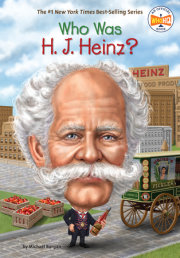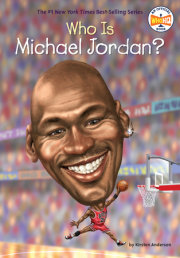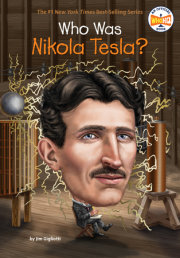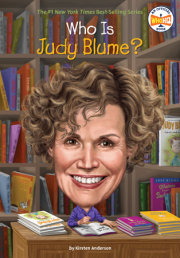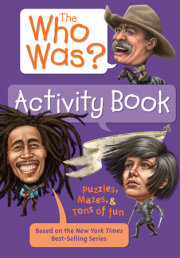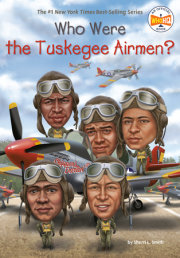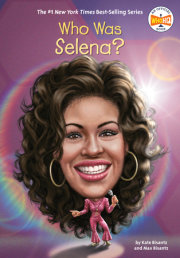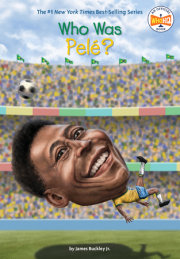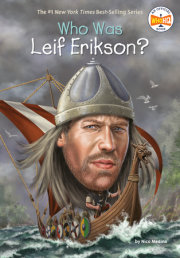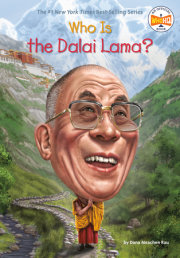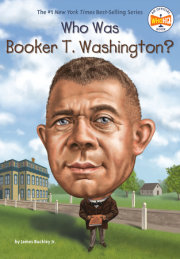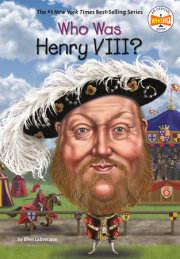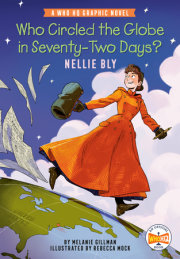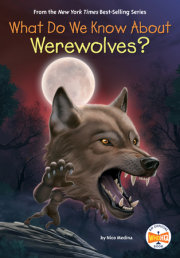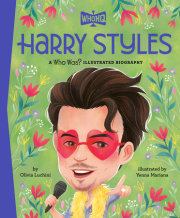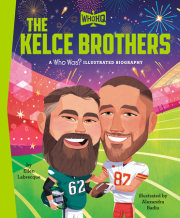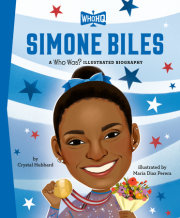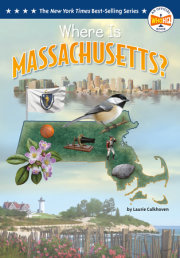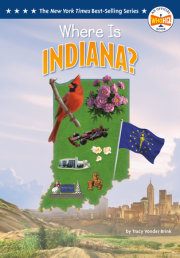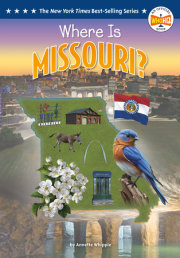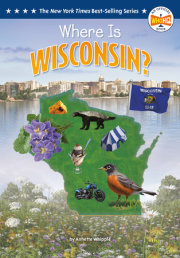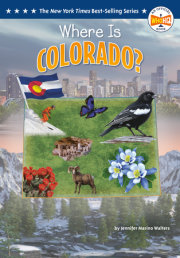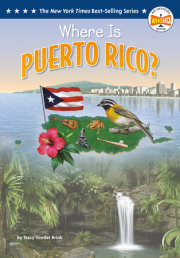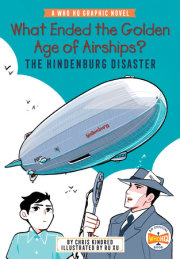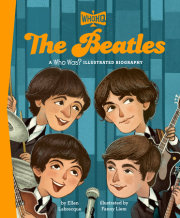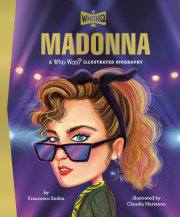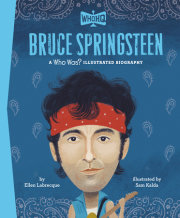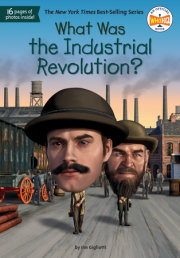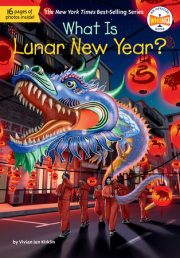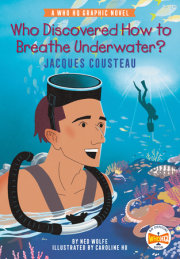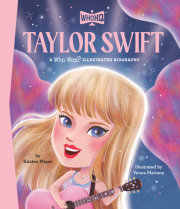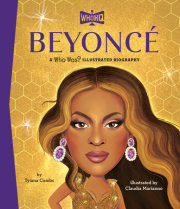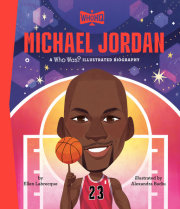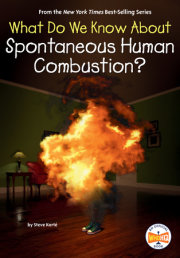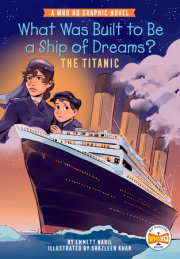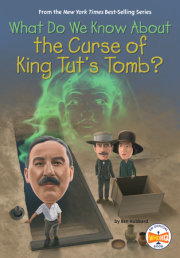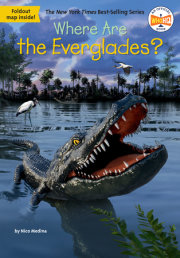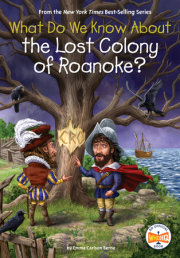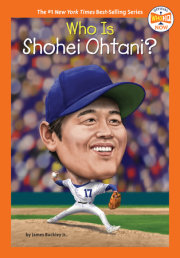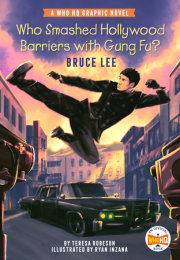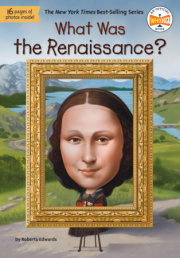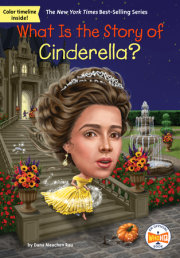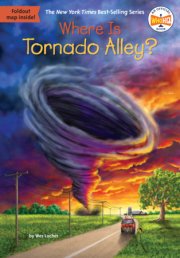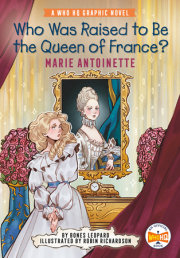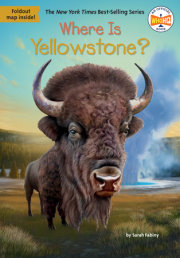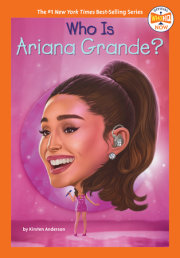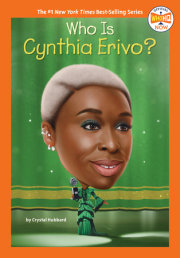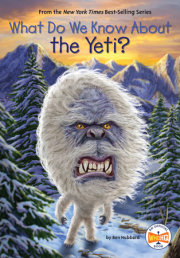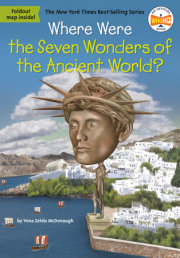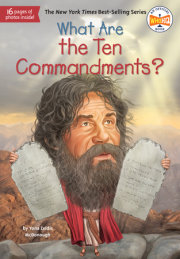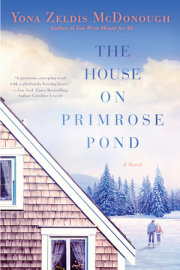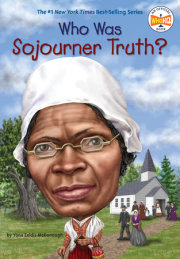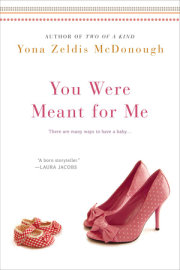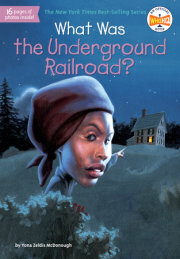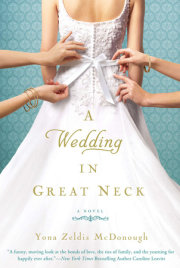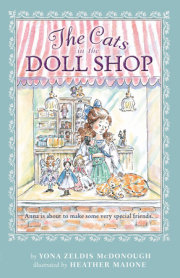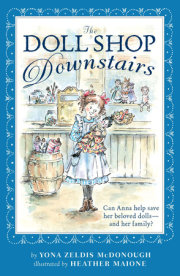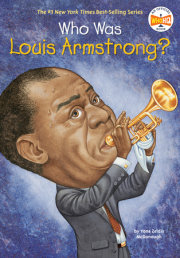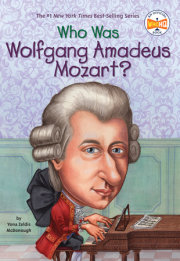
Who Was
John F.
Kennedy?
Who Was
John F.
Kennedy?
To my children, James and Katherine
McDonough—Y.Z.M.
For Charlotte with love—J.W.
Who Was John F. Kennedy?
The small boat sped quickly along in the dark. It was a hot night in August. The thirteen men onboard were quiet and tense. Their mission was a scary one: They were looking for Japanese warships in the Pacific Ocean.
Suddenly, there was an explosion.
The small boat was ripped in half by a Japanese destroyer returning to its base. Two of the crew were killed instantly. The other eleven men clung to pieces of the boat until morning. Then the wreckage began to sink. The captain decided they all must swim to the safety of a nearby island. The men didn’t think they could make it.
“Will we ever get out of this?” asked one.
“It can be done,” replied the captain. “We’ll do it.”
One of the men was burned so badly that he could not swim. He told the captain to save himself and the other men. But the captain would not leave the wounded man. He swam for five long hours with the burned man on his back. When they reached the island, the captain discovered two natives and a canoe.
He also discovered a coconut shell on which he carved these words:
NATIVE KNOWS POSIT
HE CAN PILOT 11 ALIVE
NEED SMALL BOAT KENNEDY
He gave the shell with the message to the islanders who went by canoe to another island nearly forty miles away. Six days after the patrol boat was destroyed, the brave and quick-thinking captain and his crew were rescued.
The captain’s name was John Fitzgerald Kennedy.
Chapter 1
Little Boy, Big Family
On May 29, 1917, a baby boy was born to Joseph P. Kennedy, a wealthy, Irish-American businessman, and his wife Rose. They named him John Fitzgerald Kennedy, in honor of Rose’s father—John F. Fitzgerald.
“Honey Fitz” as he was called, had been a popular politician and a former mayor of Boston. When his daughter Rose began dating the young Kennedy boy, Honey Fitz was not so sure he approved. But the couple kept seeing each other and, eventually, Honey Fitz was won over by Joe’s hardworking and ambitious nature.
IRISH IMMIGRATION TO THE UNITED STATES
IN THE 1840S AND 1850S, MORE THAN ONE MILLION IRISH IMMIGRANTS SAILED TO AMERICA. BACK IN IRELAND, THE POTATO CROP HAD FAILED. WITHOUT THEIR STAPLE FOOD, AT LEAST ONE MILLION PEOPLE DIED OF STARVATION AND DISEASE. THE IMMIGRANTS WHO CAME HERE WERE CRAMMED INTO CROWDED, DIRTY SHIPS. NEARLY 20 PERCENT OF THEM DIED BEFORE THEY ARRIVED. THE ONES WHO DID WERE CALLED THE “FAMINE IRISH.” LIKE MANY NEW IMMIGRANT GROUPS, THEY FACED DISCRIMINATION AND HATRED. THEY COULD NOT EASILY FIND JOBS OR PLACES TO LIVE. SIGNS WITH THE WORDS “IRISH NEED NOT APPLY” WERE COMMON. THEY TOOK THE ONLY WORK THEY COULD GET: LAYING RAILROAD TRACKS, SHOVELING COAL, DIGGING CANALS, AND CLEARING SWAMPS.
Who Was
John F.
Kennedy?
Who Was
John F.
Kennedy?
To my children, James and Katherine
McDonough—Y.Z.M.
For Charlotte with love—J.W.
Who Was John F. Kennedy?
The small boat sped quickly along in the dark. It was a hot night in August. The thirteen men onboard were quiet and tense. Their mission was a scary one: They were looking for Japanese warships in the Pacific Ocean.
Suddenly, there was an explosion.
The small boat was ripped in half by a Japanese destroyer returning to its base. Two of the crew were killed instantly. The other eleven men clung to pieces of the boat until morning. Then the wreckage began to sink. The captain decided they all must swim to the safety of a nearby island. The men didn’t think they could make it.
“Will we ever get out of this?” asked one.
“It can be done,” replied the captain. “We’ll do it.”
One of the men was burned so badly that he could not swim. He told the captain to save himself and the other men. But the captain would not leave the wounded man. He swam for five long hours with the burned man on his back. When they reached the island, the captain discovered two natives and a canoe.
He also discovered a coconut shell on which he carved these words:
NATIVE KNOWS POSIT
HE CAN PILOT 11 ALIVE
NEED SMALL BOAT KENNEDY
He gave the shell with the message to the islanders who went by canoe to another island nearly forty miles away. Six days after the patrol boat was destroyed, the brave and quick-thinking captain and his crew were rescued.
The captain’s name was John Fitzgerald Kennedy.
Chapter 1
Little Boy, Big Family
On May 29, 1917, a baby boy was born to Joseph P. Kennedy, a wealthy, Irish-American businessman, and his wife Rose. They named him John Fitzgerald Kennedy, in honor of Rose’s father—John F. Fitzgerald.
“Honey Fitz” as he was called, had been a popular politician and a former mayor of Boston. When his daughter Rose began dating the young Kennedy boy, Honey Fitz was not so sure he approved. But the couple kept seeing each other and, eventually, Honey Fitz was won over by Joe’s hardworking and ambitious nature.
IRISH IMMIGRATION TO THE UNITED STATES
IN THE 1840S AND 1850S, MORE THAN ONE MILLION IRISH IMMIGRANTS SAILED TO AMERICA. BACK IN IRELAND, THE POTATO CROP HAD FAILED. WITHOUT THEIR STAPLE FOOD, AT LEAST ONE MILLION PEOPLE DIED OF STARVATION AND DISEASE. THE IMMIGRANTS WHO CAME HERE WERE CRAMMED INTO CROWDED, DIRTY SHIPS. NEARLY 20 PERCENT OF THEM DIED BEFORE THEY ARRIVED. THE ONES WHO DID WERE CALLED THE “FAMINE IRISH.” LIKE MANY NEW IMMIGRANT GROUPS, THEY FACED DISCRIMINATION AND HATRED. THEY COULD NOT EASILY FIND JOBS OR PLACES TO LIVE. SIGNS WITH THE WORDS “IRISH NEED NOT APPLY” WERE COMMON. THEY TOOK THE ONLY WORK THEY COULD GET: LAYING RAILROAD TRACKS, SHOVELING COAL, DIGGING CANALS, AND CLEARING SWAMPS.
Our mission is to foster a universal passion for reading by partnering with authors to help create stories and communicate ideas that inform, entertain, and inspire.
